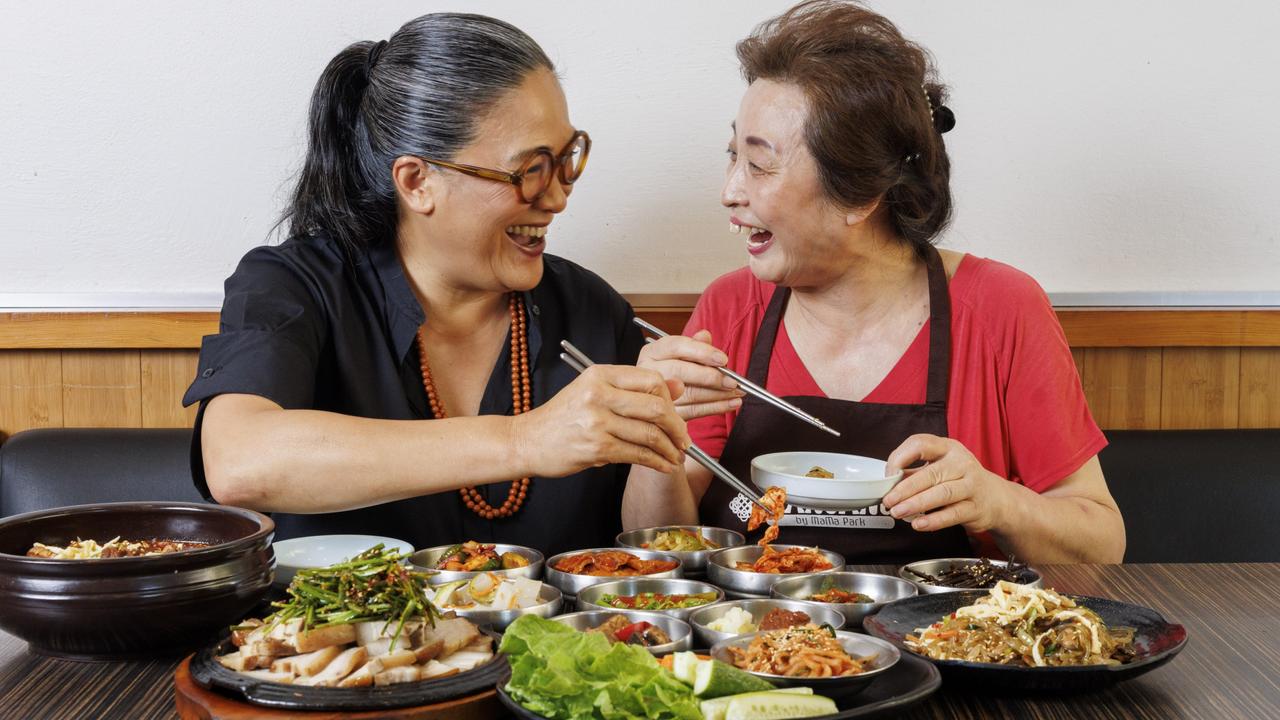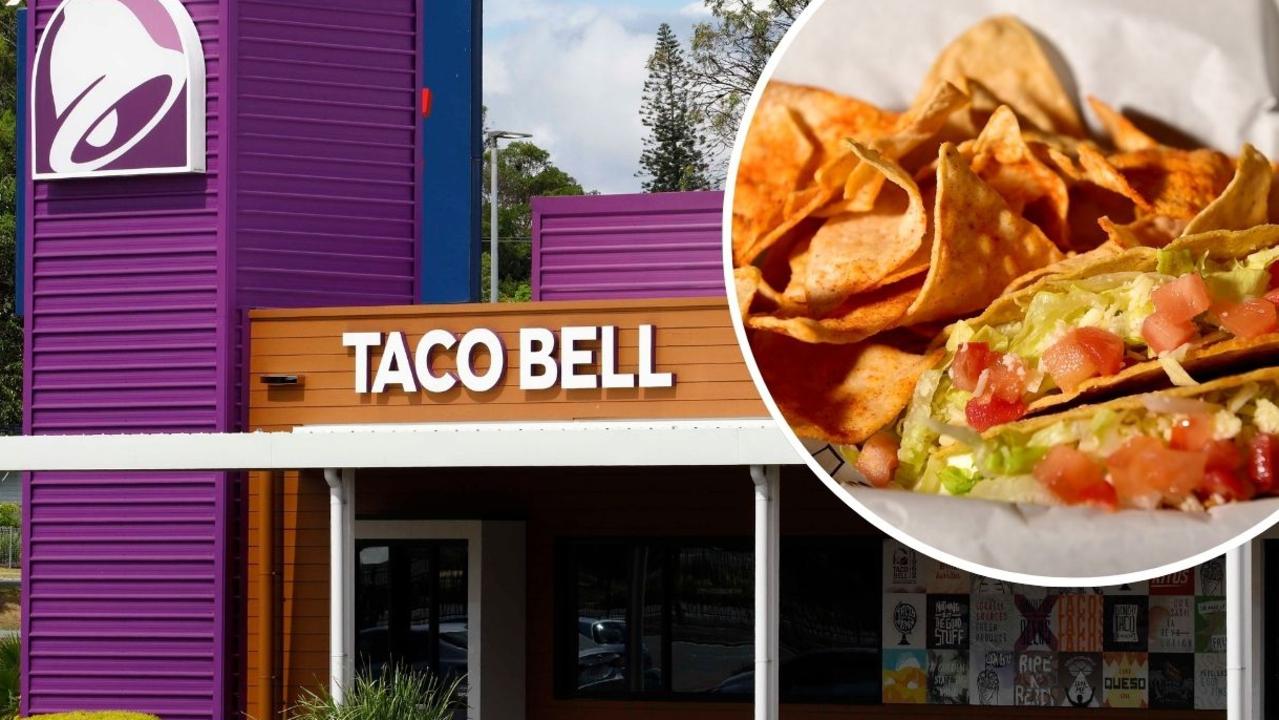Vietnamese cuisine: Australia’s foodie obsession
The first group of Vietnamese refugees arrived 1976, bringing with them a culinary culture that captured Australia’s heart.
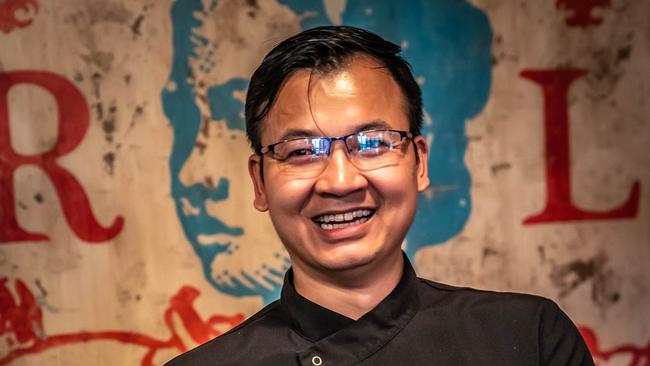
Food
Don't miss out on the headlines from Food. Followed categories will be added to My News.
Work-day lunches will never be the same again. How can you possibly go back to that dreary ham and cheese sandwich when you could have a crisp-crusted roll loaded with crackling-rimmed roast pork, cucumber, pickled carrot, herbs and a smear of patè.
That banh mi is the perfect package of comfort and crunch, fragrance and zing, the kind of attributes that have made Vietnamese food so popular in Australia today.
On first impressions, Vietnamese cooking has a lot in common with that of its near-neighbour in South-East Asia, Thailand, with plenty of crunchy salads, fresh herbs and simple grilled meats. This time, however, the dressings and sauces are more fragrant and less forceful, the use of chillies more restrained.
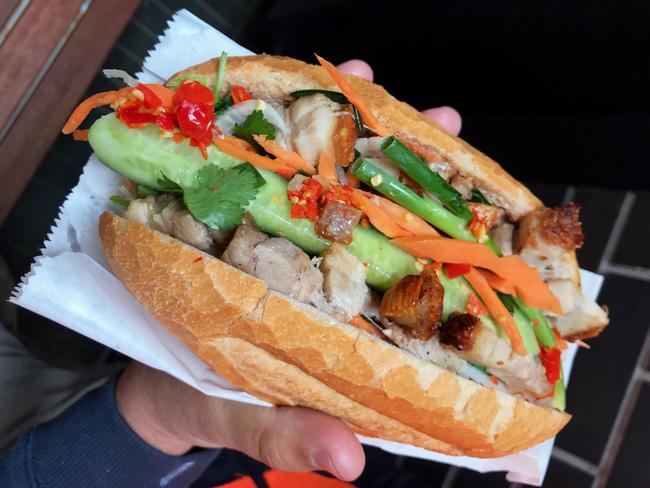
While many of the dishes in Vietnam are homegrown and developed in indigenous communities, the influence of China can also be seen, particularly in the north. The French colonialists also played a part, introducing their baguettes and coffee.
In Australia, Vietnamese food is a comparatively recent arrival, particularly considering its widespread appeal. Many of the people who run restaurants here now can be traced back to the families who fled as refugees after the end of the Vietnam War in 1975.

They settled into communities such as Cabramatta in Sydney and Footscray in Melbourne, quickly establishing the kind of eateries that reminded them of home. It didn’t take long for locals to fall for this clean, healthy style of eating and make it part of their regular repertoire, albeit with a few modifications. Pho, the soothing, soulful beef and noodle soup that is breakfast for many Vietnamese, is more a lunch or dinner here.
Rice paper rolls and the cloud-like steamed bao buns are used as a vehicle for all manner of fillings. For a deeper appreciation of Vietnamese food, check out the books and television series of Luke Nguyen, who travels to the streets of Hanoi, Ho Chi Minh City and other regional centres to discover the origins of various dishes.

Nguyen also co-owns the Darlinghurst restaurant Red Lantern, where you can order everything from prawn and pork rice paper rolls to wok fried whole fish and green mango salad.
Hello Auntie in Marrickville takes a creative approach, riffing with other influences in dishes such as scallop ceviche, ginger, shallot and cauliflower puree. Nearby, the playfully named Pho PHD is more than a master of noodle soups and offers an extensive menu including plenty for vegetarians.
And, while you are in the neighbourhood, check out Marrickville Pork Rolls, which locals reckon is hard to beat for the title of best banh mi.
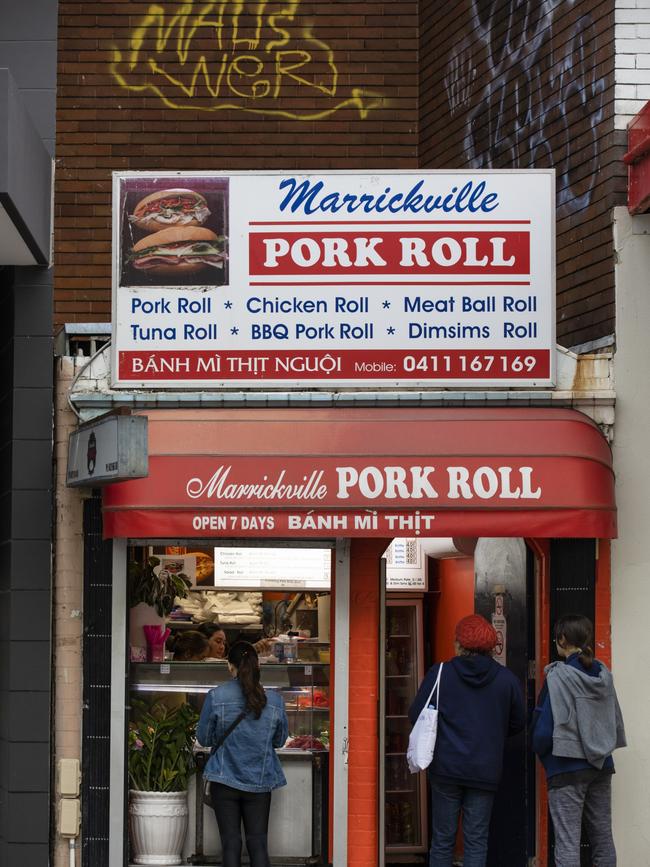
ON THE MENU
Red Lantern sous chef Johnny Nguyen shares his insider tips for a cracking Vietnamese meal.
VIETNAMESE DELIGHTS
The most popular dishes in our restaurant are those that have remained on the menu since 2002. They are our crisp pancake of prawn and pork, rice cakes with prawn, pork floss, salt and pepper squid and wok-tossed angus beef with green peppercorns.
IT’S PHO REAL
Our customers love the freshness and vitality of our cuisine — fresh raw herbs and vegetables play an integral part of the flavour explosion. For me, it’s the regionality and the seasonality of the cuisine. Each province of Vietnam has a signature dish that uses and highlights the best produce of the region.
MUST SEE
Top cities to visit in Vietnam include Saigon and Hanoi. In Saigon, wander around District 1 and enjoy the many restaurants and street stalls. I also recommend Da Lat, Nha Trang and Hue. The cuisine of Vietnam seems to be divided into three distinct regions — north, south and central. The cuisine of the south tends to be tropical and creative whereas the north is a little more bound by tradition.

